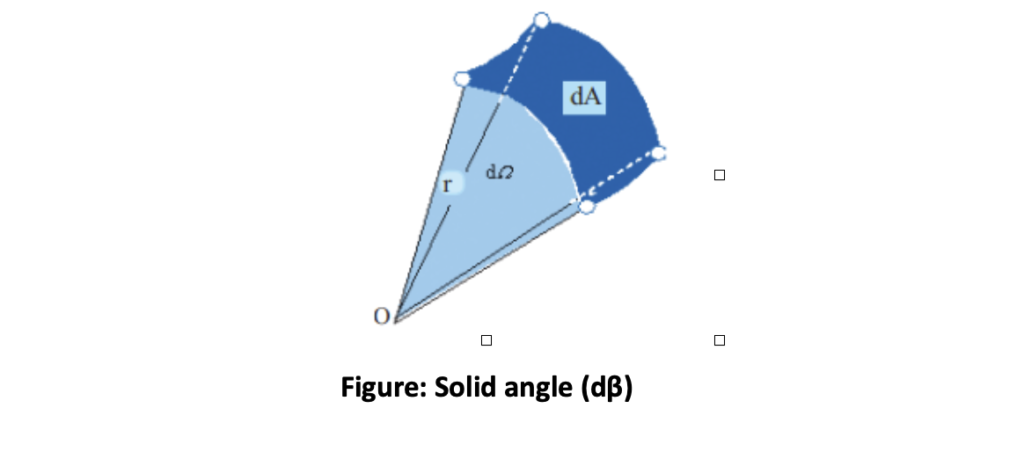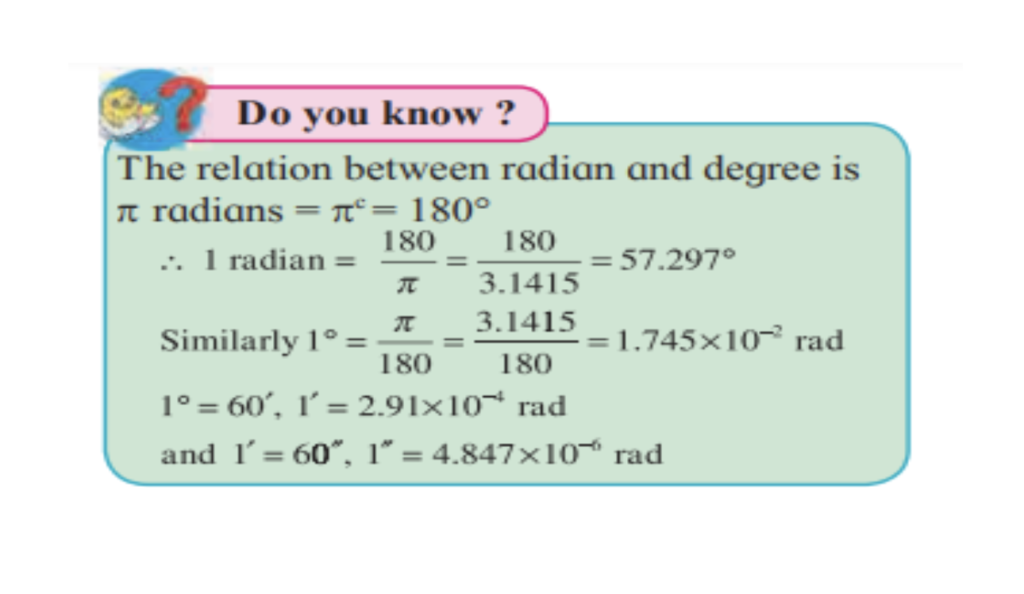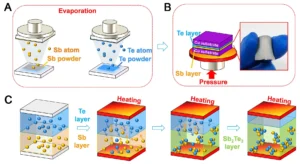Physics is a quantitative science, where we measure various physical quantities during experiments. In our day to day life, we need to measure a number of quantities, e.g., size of objects, volume of liquids, amount of matter, weight of vegetables or fruits, body temperature, length of cloth, etc.
A measurement always involves a comparison with a standard measuring unit which is internationally accepted. For example, for measuring the mass of a given fruit we need standard mass units of 1 kg, 500 g, etc. These standards are called units.
The measured quantity is expressed in terms of a number followed by a corresponding unit, e.g., the length of a wire is written as 5 m where m (metre) is the unit and 5 is the value of the length in that unit. Different quantities are measured in different units, e.g. length in metre (m), time in seconds (s), mass in kilogram (kg), etc.
The standard measure of any quantity is called the unit of that quantity.
System of Units:
In our earlier standards we have come across various systems of units namely
- CGS: Centimetre Gram Second system
- MKS: Metre Kilogram Second system
- FPS: Foot Pound Second system
- SI: System International
The first three systems namely CGS, MKS and FPS were used extensively till recently. In 1971, the 14th International general conference on weights and measures recommended the use of ‘International system’ of units. This international system of units is called the SI units. As the SI units use decimal system, conversion within the system is very simple and convenient.
Fundamental Quantities and Units:
The physical quantities which do not depend on any other physical quantities for their measurements are known as fundamental quantities.
There are seven fundamental quantities: length, mass, time, temperature, electric current, luminous intensity and amount of substance.
Fundamental units:
The units used to measure fundamental quantities are called fundamental units. The fundamental quantities, their units and symbols are shown in the Table .
Fundamental quantity SI units Symbol | SI units | Symbol |
1) Length | metre | m |
2) Mass | kilogram | kg |
3) Time | second | s |
4) Temperature | kelvin | K |
5) Electric current | ampere | A |
6) Luminous Intensity | candela | cd |
7) Amount of substance | mole | mol |
Derived Quantities and Units:
In physics, we come across a large number of quantities like speed, momentum, resistance, conductivity, etc. which depend on some or all of the seven fundamental quantities and can be expressed in terms of these quantities. These are called derived quantities and their units, which can be expressed in terms of the fundamental units, are called derived units.

The above two units are derived units.
Supplementary units :
Besides, the seven fundamental or basic units, there are two more units called supplementary units:
- Plane angle dϴ and
- Solid angle dβ
(i) Plane angle (dϴ) : This is the ratio of the length of an arc of a circle to the radius of the circle as shown in Figure. Thus dϴ= ds/ris the angle subtended by the arc at the centre of the circle. It is measured in radian (rad). An angle ϴ in radian is denoted as ϴc .

(ii) Solid angle (dβ) : This is the 3-dimensional analogue of dϴ and is defined as the area of a portion of surface of a sphere to the square of radius of the sphere. Thus dβ: = dA/r2 is the solid angle subtended by area ds at O as shown in Figure. It is measured in steradians (sr).
A sphere of radius r has surface area 4πr2 . Thus, the solid angle subtended by the entire sphere at its centre is : β= 4πr2 /r2 = 4πsr.






